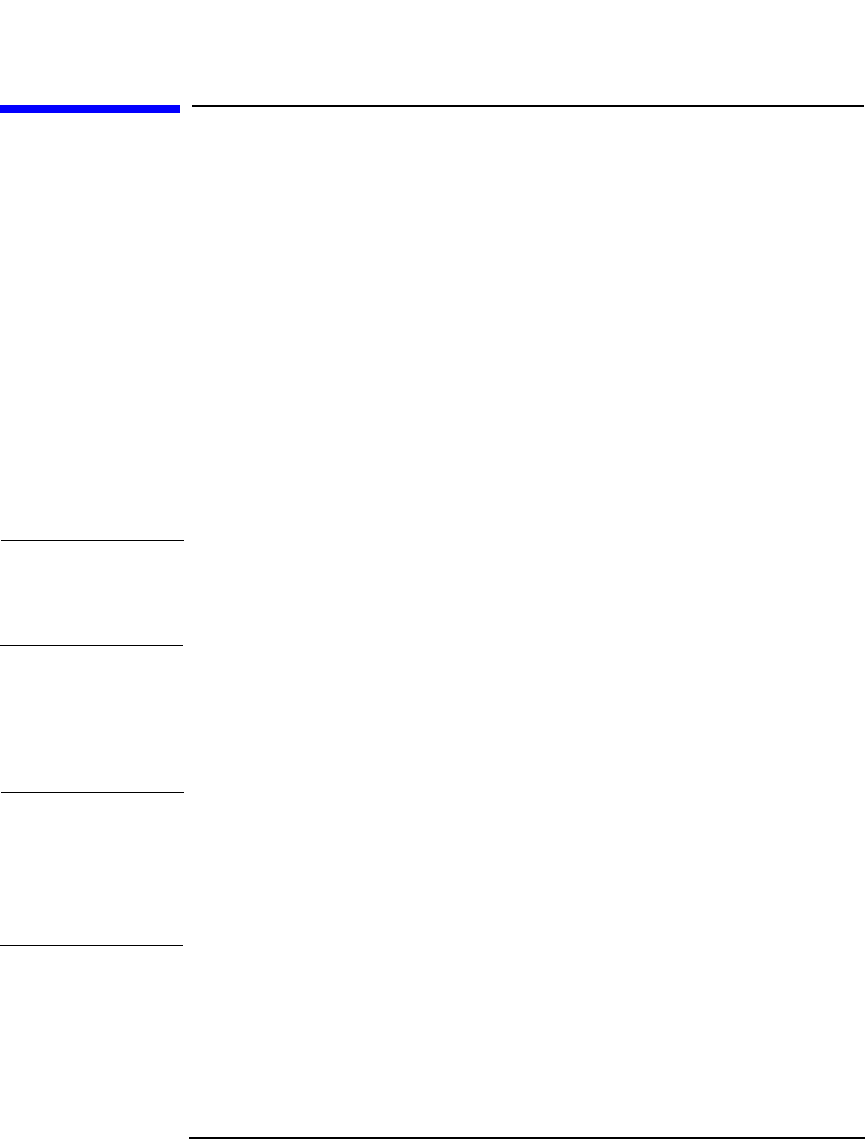
Monitoring, Reporting, Notifications, and the Event Log
Running Reports and Report Groups Using the Command-Line Interface
Chapter 7 339
Running Reports and Report Groups Using
the Command-Line Interface
Data Protector reports can be generated using the command-line
interface. The command-line interface allows you to include Data
Protector reports in some other configuration scripts you are using. It
allows you to generate individual reports, run report groups, and define
report formats and send methods.
The omnirpt command is used to generate reports. For a detailed
description of the command, see the omnirpt man page.
Here are some examples of omnirpt usage:
omnirpt -rptgroup <ReportGroup>
Runs the report group named <ReportGroup>.
NOTE You first need to configure a report group using the Data Protector GUI
or Web reporting interface before running it using the Data Protector
command-line interface.
omnirpt -report host -host <Hostname> -html
This generates a Client Backup Report for system <System_Name> in the
HTML format.
IMPORTANT When sending an HTML report on a Windows Cell Manager using the
email send method, how the report is displayed will depend on the email
client used to open it. Many email clients will display the report as plain
ASCII text. To ensure the report displays correctly as HTML, open it in a
web browser.
Example 1 The following command creates a Session Flow Report for the last 24
hours and logs it to the file in HTML format, as shown in Figure 7-1 on
page 340:
